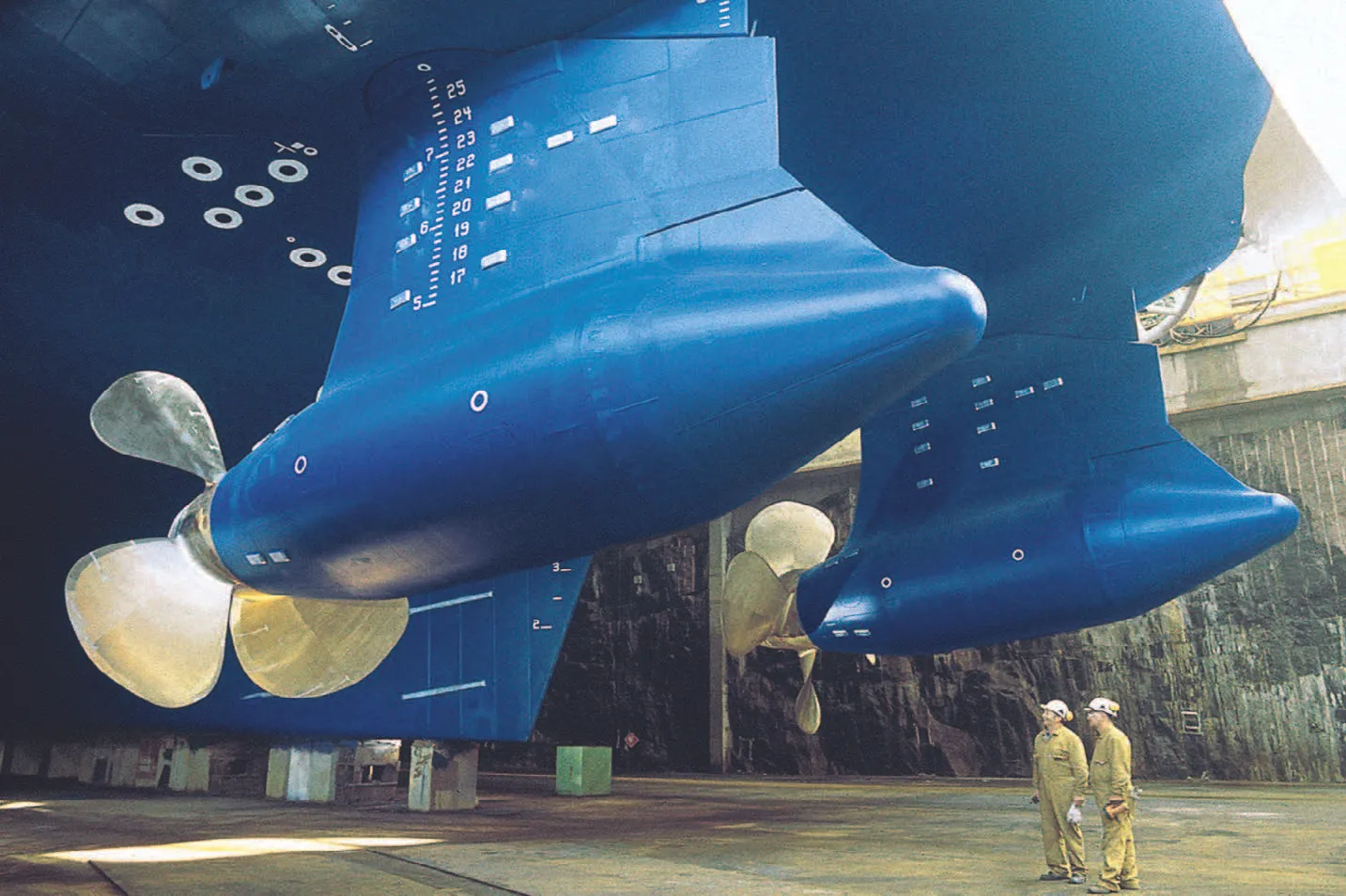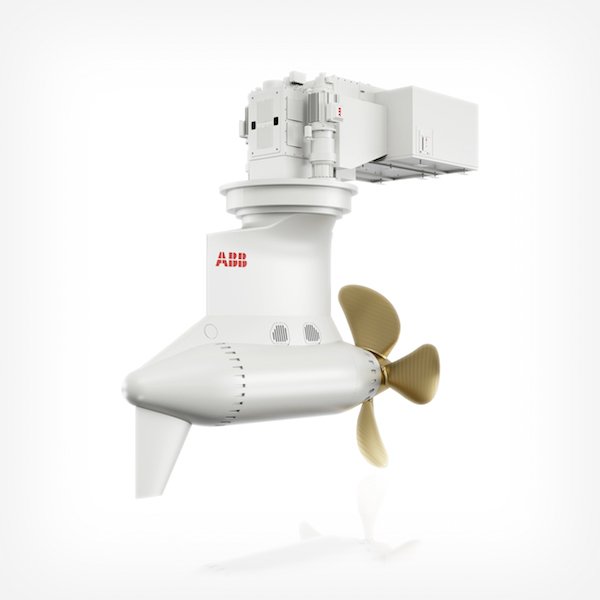Introduction
Two-stroke slow speed diesel engines are the backbone of marine propulsion, driving the majority of the world’s merchant ships. These engines are known for their efficiency, reliability, and durability, making them ideal for long voyages and heavy-duty applications. This article delves into the intricacies of these engineering marvels, exploring their construction, main components, and some notable examples from leading manufacturers.
Basic Principles of Two-Stroke Slow Speed Diesel Engines
Unlike their four-stroke counterparts, two-stroke engines complete a power cycle in just two strokes of the piston: one compression stroke followed by one power stroke. This results in a power stroke with every revolution of the crankshaft, offering higher power output for a given engine size and weight. Slow speed engines typically operate at speeds below 300 RPM, optimizing fuel efficiency and power output.
Key Components and Construction
- Cylinder Block and Liner
- The cylinder block is the main structure of the engine, housing the cylinders where fuel combustion occurs. Each cylinder is fitted with a liner, usually made of cast iron or alloy steel, which provides a wear-resistant surface for the piston to move within.
- Piston and Connecting Rod
- The piston is a critical component that moves up and down within the cylinder, driven by the pressure of the combustion gases. The connecting rod links the piston to the crankshaft, converting the piston’s linear motion into rotational motion.
- Crankshaft
- The crankshaft is the main rotating component of the engine, converting the reciprocating motion of the pistons into rotational motion to drive the ship’s propeller. It is typically made from forged steel for high strength and durability.
- Cylinder Head
- The cylinder head sits atop the cylinder block, housing the intake and exhaust ports, fuel injectors, and sometimes exhaust valves. It seals the combustion chamber and plays a vital role in managing air flow and fuel injection.
- Fuel Injection System
- This system injects precise amounts of fuel into the combustion chamber at high pressure. It includes fuel pumps, injectors, and piping, designed to withstand high pressures and ensure efficient fuel atomization.
- Turbocharger
- Turbochargers enhance engine efficiency by using exhaust gases to drive a turbine, which compresses the intake air, increasing the amount of oxygen available for combustion. This results in higher power output and better fuel efficiency.
- Exhaust System
- The exhaust system expels burnt gases from the combustion chamber. It includes exhaust valves or ports, exhaust manifolds, and silencers, designed to minimize backpressure and reduce noise.
- Scavenge System
- In two-stroke engines, the scavenge system clears out exhaust gases from the cylinder and replaces them with fresh air. This system includes scavenge pumps and ports, ensuring effective purging and refilling of the cylinder with air.
Construction and Assembly
The construction of a two-stroke slow speed diesel engine involves meticulous engineering and assembly processes:
- Material Selection: High-quality materials are chosen for each component to withstand extreme pressures, temperatures, and corrosive environments.
- Precision Machining: Components are machined with high precision to ensure tight tolerances and optimal performance.
- Assembly: Skilled technicians assemble the engine, ensuring that each part fits perfectly and operates seamlessly. This process often includes rigorous testing and quality checks.
Notable Examples and Manufacturers
Several manufacturers are renowned for their two-stroke slow speed diesel engines, each contributing unique advancements and technologies to the field.
- MAN Energy Solutions
- Example: MAN B&W ME-C Series
- Features: The ME-C series engines are electronically controlled, offering improved efficiency, reduced emissions, and enhanced operational flexibility. These engines are widely used in large container ships and bulk carriers.
- Wärtsilä
- Example: Wärtsilä RT-flex Series
- Features: The RT-flex series engines feature common-rail fuel injection technology, eliminating the need for a camshaft and allowing for precise fuel control. This results in lower fuel consumption and emissions.
- Mitsubishi Heavy Industries (MHI)
- Example: UEC-LSE Series
- Features: MHI’s UEC-LSE engines are known for their robust construction, reliability, and fuel efficiency. They are commonly used in tankers, bulk carriers, and other large vessels.
Conclusion
Understanding the parts and construction of two-stroke slow speed diesel engines is essential for aspiring marine engineers. These engines are complex, requiring a deep knowledge of their components and functions to ensure efficient and reliable operation. By studying the design and technologies employed by leading manufacturers like MAN Energy Solutions, Wärtsilä, and Mitsubishi Heavy Industries, future marine engineers can gain valuable insights into the world of marine propulsion.
Further Learning Resources
To deepen your understanding, consider exploring the following resources:
- Technical Manuals and Guides from engine manufacturers
- Online Courses and Certifications in marine engineering
- Workshops and Seminars conducted by maritime institutions and organizations
By continuously learning and staying updated with the latest advancements, aspiring marine engineers can master the intricacies of two-stroke slow speed diesel engines and contribute to the ever-evolving maritime industry.



